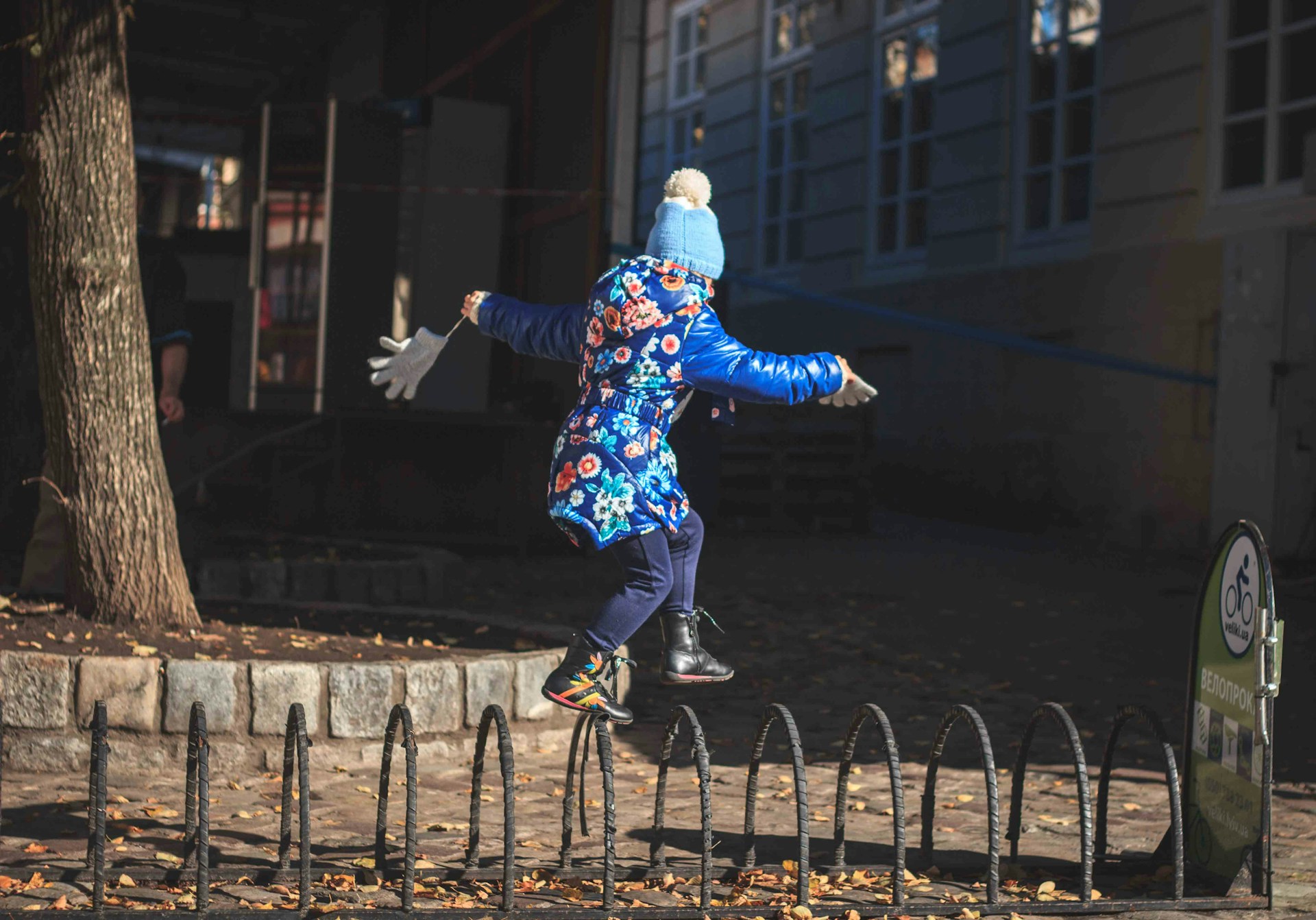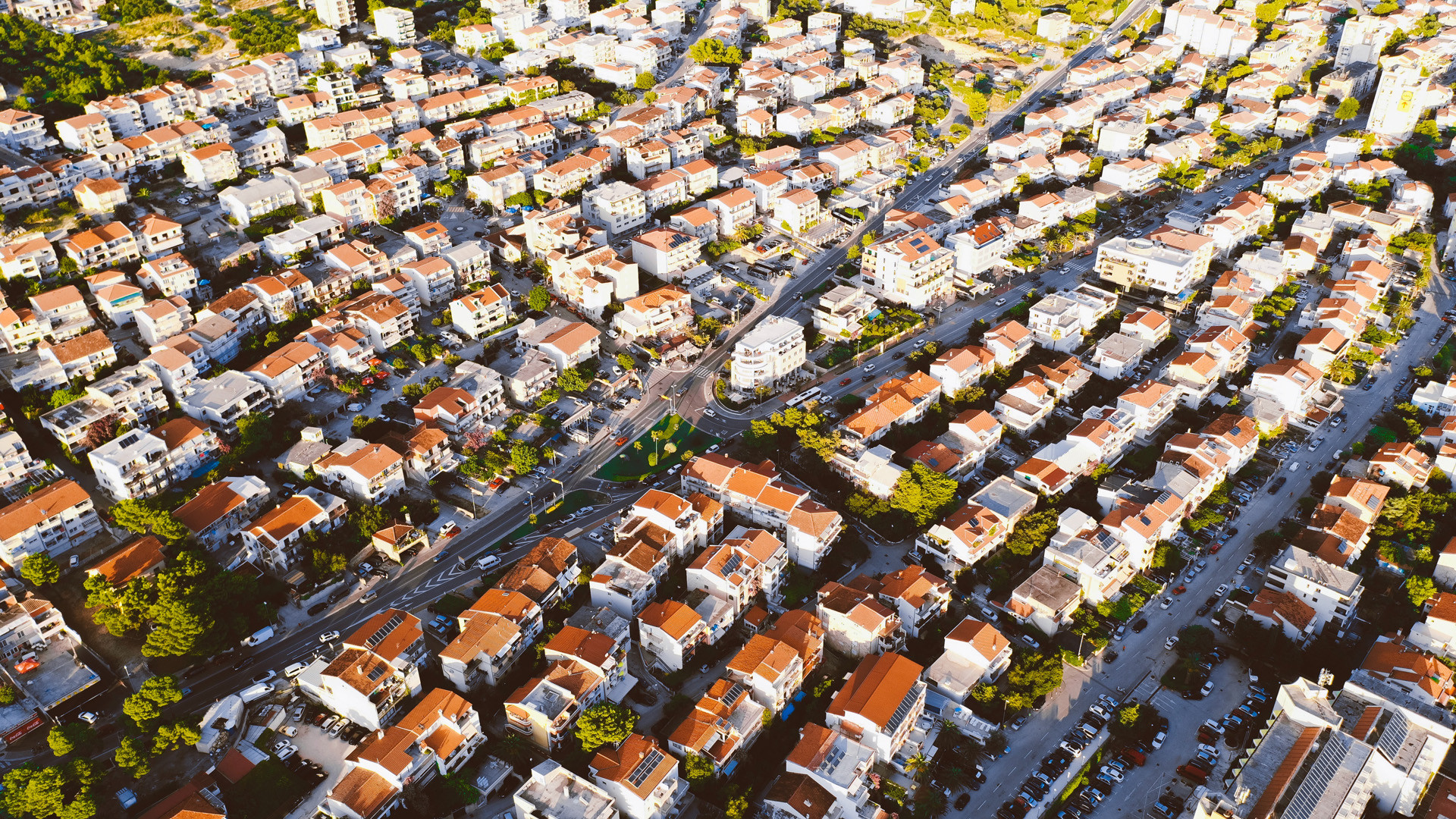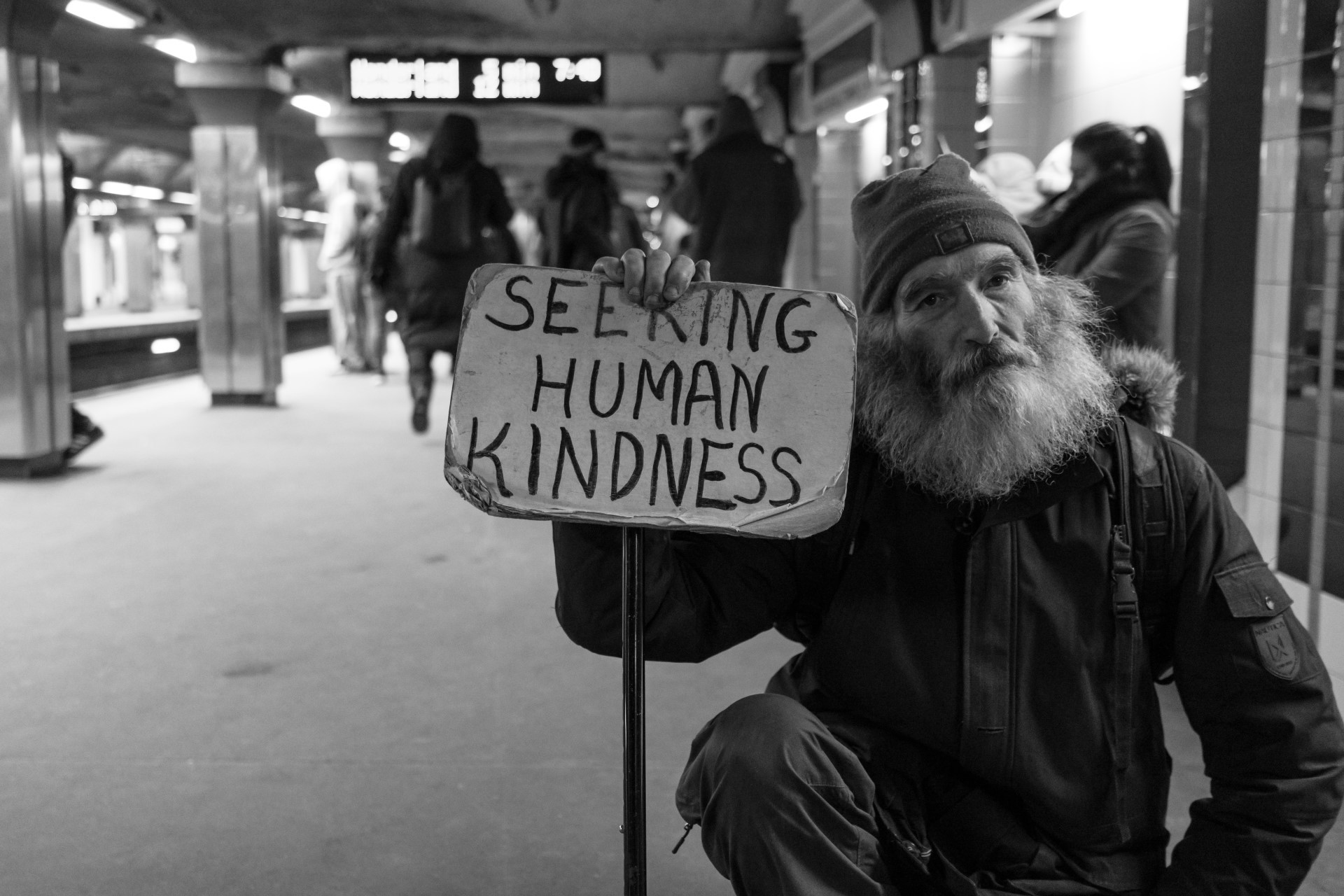Author | Lucía Burbano
What does a country or city’s demographic trends reveal? Are the differences between developed and developing countries’ birth rates and death rates relevant? The Demographic Transition Model tries to explain this. However, the general nature of the model forgets that, like everything in life, there are exceptions.
What is the Demographic Transition Model?
The Demographic Transition Model , created by Warren Thompson in 1929, is based on historical population trends of two demographic characteristics: birth rate and death rate. According to this model, the changes in population in a city, country or region and its growth is associated with demographic data.
It consists of four stages:
First stage
Known as the ‘Old Demographic Regime’, it is the Pre-industrial stage. Birth and death rates were high, around 40%-50%.
No country in the world has this profile, with the exception of Amazon tribes that have no contact with the outside world.
Second stage
The introduction of modern medicine reduces death rates, particularly among children. Birth rates remain high and as a result, the population increases quickly.
This is the situation seen in some developing countries such as Afghanistan, Bolivia or Uganda.
Third stage
Birth rates drop gradually, generally as a result of improved economic conditions and education and access to birth control methods.
Sri Lanka, Costa Rica or Morocco are some examples.
Fourth stage
Birth rates and death rates are low and the population stabilizes thanks to economic growth, higher levels of education and healthcare.
Most developed countries are in this phase.
Countries and regions that contradict this model

East Asia
This region of the world is different to other regions such as South and Southeast Asia. The third phase of the model was not a consequence of the modernization process. The end of World War II and the increase in births that followed the military demobilization contributed to the population increase.
In Taiwan and South Korea, public concern for the population increase became clear at the beginning of the 1960s and it led to both countries implementing dissuasive measures, such as the use of contraceptives, abortion or sterilization.
Iraqi Kurdistan
The population increase in Iraqi Kurdistan is experiencing a critical stage of its demographic transition. In fact, the region is highly likely to experience a prolonged period called ‘demographic trap’, when the population grows constantly and rapidly due to high birth and death rates.
With appropriate government policies, aimed at promoting family planning programs, the demographic transition can get through this stage associated with the first stage of the Demographic Transition Model.
Argentina
Although the demographic transition began in Argentina long before it did in other Latin American countries, the country reflects a paradox. While developed countries, in general, first became rich and then aged, the Argentine population shows rapid ageing without establishing the economic and social bases to cover that population group.
Europe
Numerous studies claim that Europe has completed the conventional demographic transition model and that it is now entering a new period.
Demographically speaking, the most relevant change is the postponement of parenthood in increasingly later stages of female fertility related to gender equality in the workplace and greater autonomy with respect to vital choices.
Photographs | Unsplash/Rod Long, Unsplash/Camylla Battani






















































